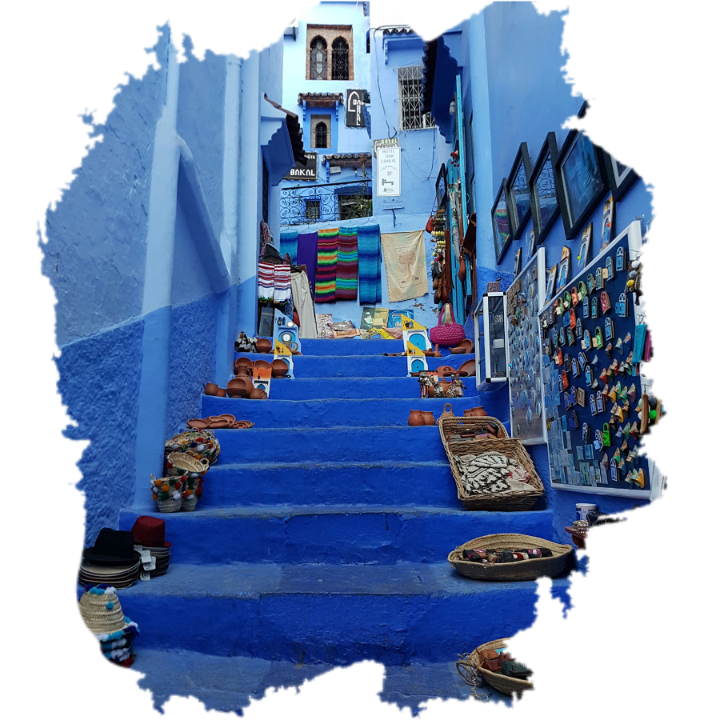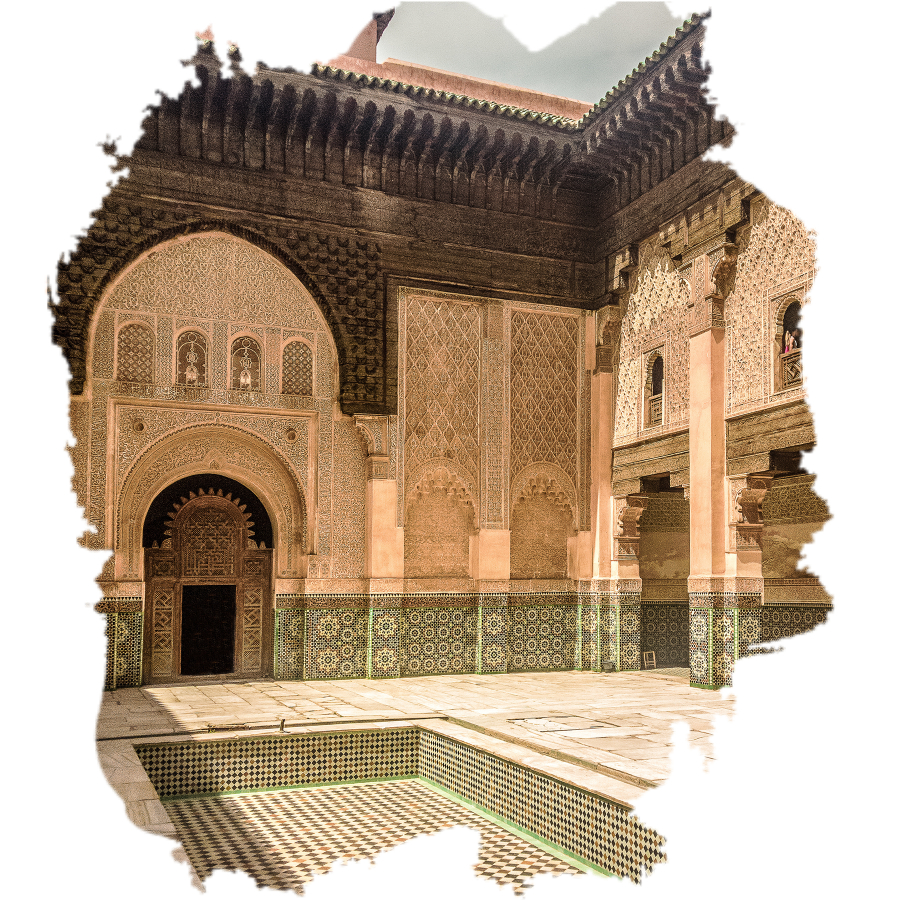Enchanting Morocco invites you to explore the captivating beauty and culture of Morocco through our exclusive collection of private and affordable luxury Morocco tours. Our diverse itineraries begin from Morocco’s vibrant gateways—Casablanca, Marrakech, and Tangier—offering seamless travel arrangements no matter your point of arrival. Whether you’re seeking a culturally immersive 7-day Morocco tour exploring the bustling Medinas and Sahara Desert, a leisurely-paced 10-day Morocco Highlights tour, or a comprehensive 15-day Grand Morocco tour, our expertly crafted experiences promise unforgettable memories at every turn.

At Enchanting Morocco, we proudly operate all our tours directly, ensuring unparalleled quality and value without the inflated costs associated with middlemen. Our dedicated local team designs every itinerary specifically for discerning travelers from all over the world, combining genuine cultural encounters with exceptional comfort. Delight your senses on a Morocco culinary tour, immerse yourself in a specialized Jewish Heritage Tour, or explore Morocco’s majestic imperial cities in luxury. With personal guides, authentic accommodations, and meticulously planned details, every moment is uniquely yours.
Start your Moroccan adventure today by browsing our handpicked selection of tours, each designed to suit your interests, style, and schedule. Whether arriving in Casablanca to begin your imperial cities exploration, starting in Marrakech for an epic desert adventure, or disembarking in Tangier for a cultural immersion, Enchanting Morocco offers the flexibility, luxury, and authenticity you seek. For expert tips and advice before you travel, explore our comprehensive Morocco Travel Guide. Experience Morocco tours the way they were meant to be—privately guided, culturally rich, and distinctly unforgettable. Discover why travelers around the world trust us as their preferred Morocco tour company by contacting us today.
